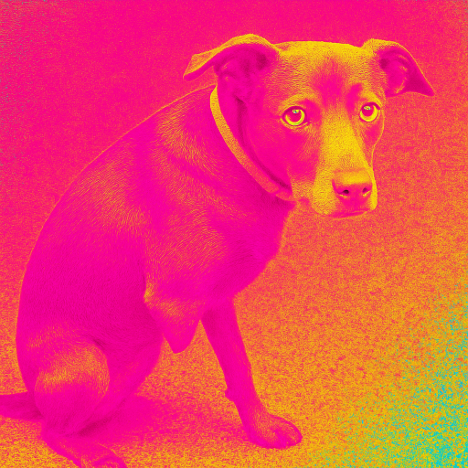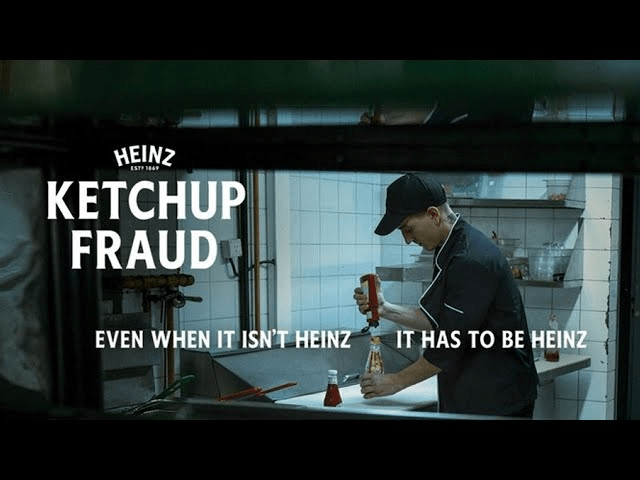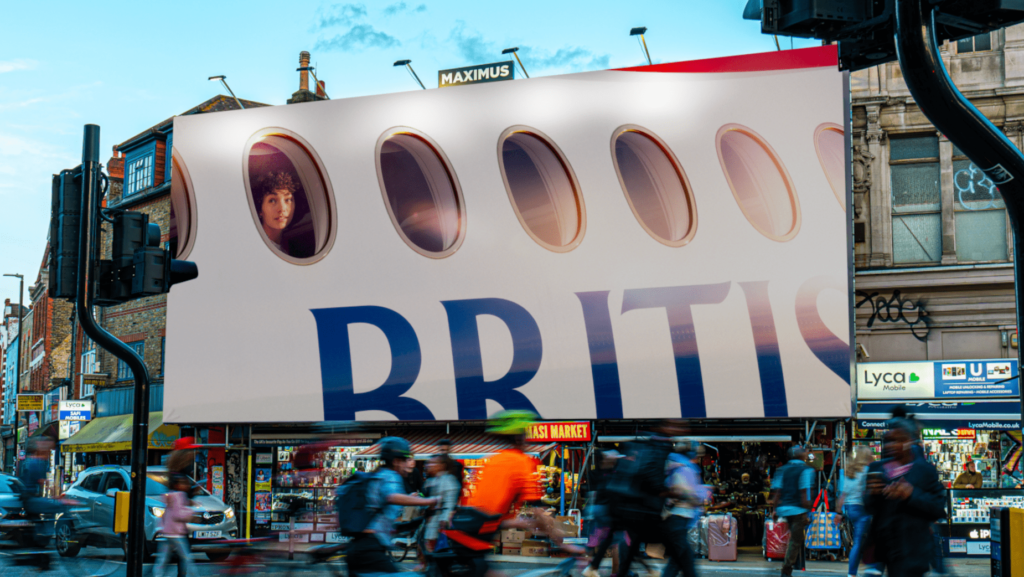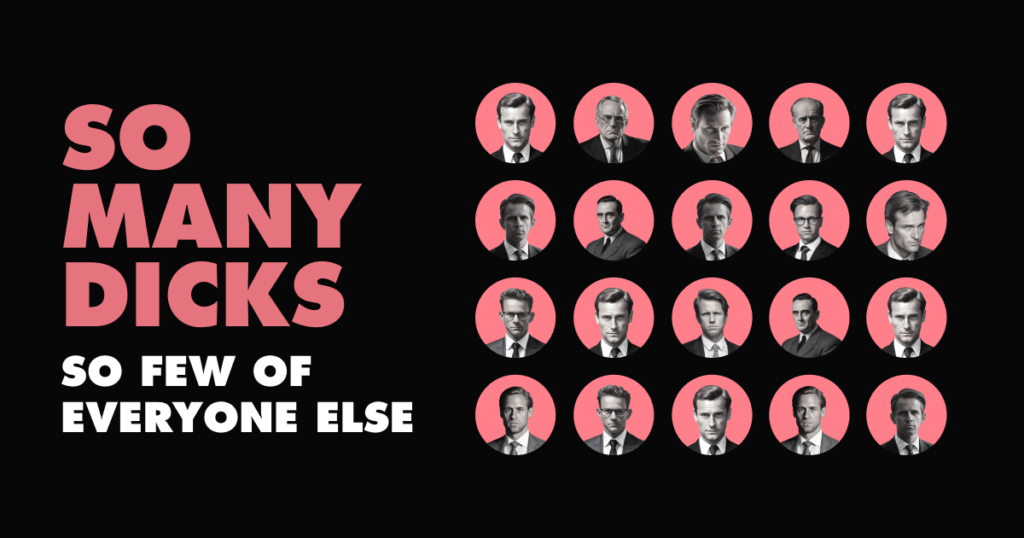
The Three-Legged Dog Principle of Creativity: Why Audacity Beats Safe Thinking
Great ideas don’t wait for permission. They start with imagination, risk and the nerve to do what’s never been done — then trust the how will follow.
I’m writing this from the Athar Festival of Creativity in Riyadh, Saudi Arabia — a celebration of the best ideas from across the region and beyond. (Special thanks to my dear friend Ian Fairservice, Chairman of Athar Festival & Managing Director of Motivate Media Group, and Kamille Marchant, Festival Director, for inviting me.)
Swimming through all this creative work reminds me that the greatest ideas never start with permission, practicality or precedent. They start with imagination — with someone asking for something seemingly impossible, impractical or even a little reckless — and then having the audacity to figure out how to make it happen.
Because at its core, creativity isn’t about coloring inside the lines; it’s about having the nerve to draw new ones. It’s about risk — doing the thing that hasn’t been done, can’t be easily justified or might just blow up in your face. That willingness to try, to stretch, to reach — that’s where all the magic lives.
I often think of the movie, Very Bad Things — a 1998 dark comedy written and directed by Peter Berg about a bachelor party that spirals into chaos. Berg wrote into one of the final scenes a three-legged dog as punctuation to the film’s absurdity. As he later told a journalist…during preproduction, someone inevitably asked, “Where the f#%k are we going to find a three-legged dog?” The next day they had a waiting room filled with them. Only in Hollywood.
Including the three-legged dog in Very Bad Things was a wickedly audacious creative choice — an image so perfectly twisted it’s funny both onscreen and behind the scenes. But that’s the point: creativity isn’t just about conceiving bold ideas — it’s about having the confidence to execute them, to believe that instead of dismissing something as impractical, the solution will reveal itself once you commit.
That’s the spirit Leo Burnett, the legendary ad man behind icons like the Marlboro Man, Tony the Tiger and the Pillsbury Doughboy, was talking about when he said, “When you reach for the stars, you may not quite get one, but you won’t come up with a handful of mud either.”
Too much of today’s marketing starts with mud — what’s safe, reasonable and measurable. But creativity, the kind that earns a stage at Athar or a lifetime of replay value, starts with audacity. It’s about saying, “Let’s go to the moon,” before you’ve even figured out the rocket.

The Curse of Safe Thinking
The modern marketing meeting has become a hostage situation. PowerPoint decks multiply like rabbits, KPIs breed in captivity and somewhere between “brand alignment” and “feasibility,” the spark dies. Nobody kills ideas faster than a well-meaning team of smart people trying to agree on one.
Groupthink and consensus decision-making are the silent assassins of originality. They feel democratic but they flatten everything into mediocrity. Someone raises a bold idea and instantly the antibodies appear: Too risky. Too niche. Too smart for our audience. The irony, of course, is that many marketing teams assume their customers are not as intelligent as they are — that the public can’t possibly handle irony, subtlety or wit. Yet these same customers are decoding meme culture, bingeing multi-layered narratives on Netflix and reverse-engineering AI prompts for fun.
Meanwhile, brands keep serving them oatmeal.
Not at Heinz. Instead of hiding behind corporate caution, the ketchup maker launched Ketchup Fraud, a campaign that publicly called out restaurants refilling Heinz bottles with cheap ketchup. It was cheeky and confrontational, but it worked — consumers loved it. It turned a petty annoyance into a statement of brand integrity.
Safe thinking is comfort food for management. It reassures, it calms investors, it makes presentations run on time. But it rarely moves markets. It’s the corporate equivalent of saying, “Let’s not get crazy here,” just before someone else does — and wins.
The truth is, safe work isn’t safety; it’s slow death by consensus.
The Logic of Audacious Intention
Here’s what happens when you dare to lead with imagination instead of limitation. You throw down a creative gauntlet — the “three-legged dog” request, the impossible brief — and suddenly, the energy shifts. People lean in. The problem becomes interesting again.
When Hilton Hotels, one of the world’s largest hotel chains, released a ten-minute TikTok video, it broke every rule of digital marketing. In an age of dwindling attention spans, Hilton went long — a funny, self-aware piece of storytelling that mocked TikTok culture while proving people will watch great content no matter the length. The idea shouldn’t have worked. But because Hilton committed, it became one of the most-watched branded videos of the year.
When you say, “We’re going to the moon,” you activate something primal in the room: curiosity, pride, ego, maybe a little fear. Those are useful forces. They’re the ingredients of momentum. And momentum attracts allies. Designers, editors, coders, partners — the moment they see someone reaching, they start finding ladders.
Audacity has its own gravity.
In agencies and marketing teams, audacious intention is often what separates the work that fills award shows from the work that fills file folders. Because when you start with a bold question, you redefine what “possible” even means. You don’t wait for permission — you create the conditions for permission to follow.
Turning Constraints into Confidence
Sometimes audacity hides in simplicity. British Airways proved that with its Windows campaign — outdoor posters showing only airplane windows and passengers’ faces. No logo. No tagline. Just a feeling. It relied entirely on BA’s quiet confidence that the public would recognize the brand by atmosphere…and a hint of their livery…alone.
That level of trust is rare. It demands the kind of internal conviction that says, “We don’t need to explain this to death — they’ll get it.” When brands do, they radiate confidence. When they don’t, they smother the idea in qualifiers, disclaimers and hashtags until nothing’s left but beige airspace.

Culture Rewards the Brave
Boldness doesn’t just live in legacy brands. Elf Beauty, a U.S. budget cosmetics brand known for connecting with Gen Z, launched a campaign called “So Many Dicks” — a deadpan, tongue-in-cheek critique of male dominance in business leadership. The spot cleverly highlighted the absurdity of how many companies are still run by men named “Dick,” turning a simple joke into a powerful commentary on gender imbalance. It was hilarious, gutsy, and unapologetically feminist — the kind of bold, culturally fluent move that instantly trended across social media and reinforced Elf’s reputation for fearless marketing.
In France, Orange, the telecom giant, flipped gender bias on its head with The Women’s Football Deepfake. Using AI to superimpose male players’ faces onto female athletes, the ad fooled viewers into applauding “men’s” skills before revealing they were watching women all along. The result: outrage, reflection and admiration in equal measure — exactly what creative bravery should spark.
These campaigns worked not because they were outrageous for its own sake, but because they had the guts to hold up a mirror and make us look.
What Makes Bold Ideas Work
Boldness isn’t chaos. It’s clarity wrapped in courage. The best ideas follow a few simple rules:
• Simplicity — they can be explained in one breath.
• Restraint — they leave space for the audience to connect the dots.
• Cultural friction — they rub against norms just enough to spark thought.
• Emotional truth — they make us feel before we process.
• Polarization — they invite debate, not indifference.
• Structure — behind every wild idea is someone quietly sweating the logistics.
Gap, the American clothing brand, used this balance beautifully through its collaboration with South African pop star Tyla. A minimalist dance video in denim — just Tyla, rhythm and light — reignited cultural cool for a brand long written off as safe. No overproduction, no hype, just one hypnotic image that reminded everyone what confidence looks like.
The trick is balancing recklessness with rigor. The work should feel like it’s teetering on the edge — thrilling, not suicidal.

How to Embed Creative Audacity in Your Work
So how do you bring that energy into your daily grind — especially in organizations that confuse “innovation” with a 43-slide deck?
1. Lead with the audacious ask.
Before you say, “We can’t,” say, “What if?” Write the dream first, budget later. Nike’s “You Can’t Stop Sport”campaign started that way — a pandemic-era anthem that reframed isolation as determination and turned stillness into motion.
2. Capture, don’t sanitize.
In brainstorming, record the ideas that make people laugh, blush or wince. Those are usually the ones worth exploring. Specsavers, a UK optician chain known for its tagline “Should’ve gone to Specsavers,” did exactly that with its “parking blunder” stunt — staging what looked like a delivery van crashed into a wall to make pedestrians laugh and reinforce its message about seeing clearly. It was harmless mischief but unforgettable.
3. Prototype bold slices.
You don’t need to risk the whole campaign. Test a snippet — a tweet, a reel, an event. Proof of concept buys courage.
4. Keep your fallback quiet.
Have a Plan B, sure. Just don’t lead with it. Fallbacks are like airbags: useful only if things go wrong.
5. Find your “first believer.”
Every breakthrough starts with one person who says, “You know what? Let’s do it.” Protect that person from committees. CeraVe, the skincare brand owned by L’Oréal, did this when it leaned into chaos — letting actor Michael Cera wander New York carrying bottles of its lotion, fueling wild online speculation that he secretly founded the brand.
6. Celebrate the near miss.
Applaud the ideas that almost worked. Creative teams don’t need fear; they need momentum. KFC’s “FCK” apology ad is a perfect example: when the fried chicken chain ran out of chicken in the UK, it took out a full-page newspaper ad rearranging its logo to spell “FCK.” It apologized with humor instead of excuses — turning disaster into goodwill and winning awards for honesty.
7. Teach the leap.
When something bold succeeds, deconstruct it. Show how madness turned into method. It trains people to trust the jump.
The Fear of Bold — and Why You Should Ignore It
There are always reasons to play it safe. The market’s volatile. The CMO’s nervous. The CFO’s allergic to adjectives. But safety is expensive in its own way — it costs relevance.
If you ever need to test whether an idea is bold enough, share it with a risk-averse colleague. If they frown, you’re probably onto something.
Remember: bold doesn’t mean reckless; it means human. It means refusing to be beige. It means realizing that a misfire gets noticed — a safe idea dies quietly.
Safe work is forgettable. Bold work is reference material. The best ideas at Athar — and every creative festival worth the airfare — began as something that made someone nervous, maybe even a little queasy. That’s the sign you’re on the right track.
You won’t always catch a star. But when you reach for one, you rarely end up with a fistful of mud.
So go ahead — ask for the three-legged dog. Then figure it out.
Sources: Marketing Week – “Best Marketing Campaigns of 2024”, GWI – “10 Powerful Examples of Marketing That Works”, Famous Campaigns – “Top 50 Creative Brand Marketing Campaigns of 2024”, Campaign Magazine – “The Year in Marketing: 2024’s Most Audacious Ideas”, BBC & Adweek – brand background materials on Heinz, KFC, Nike, CeraVe, Gap and British Airways



